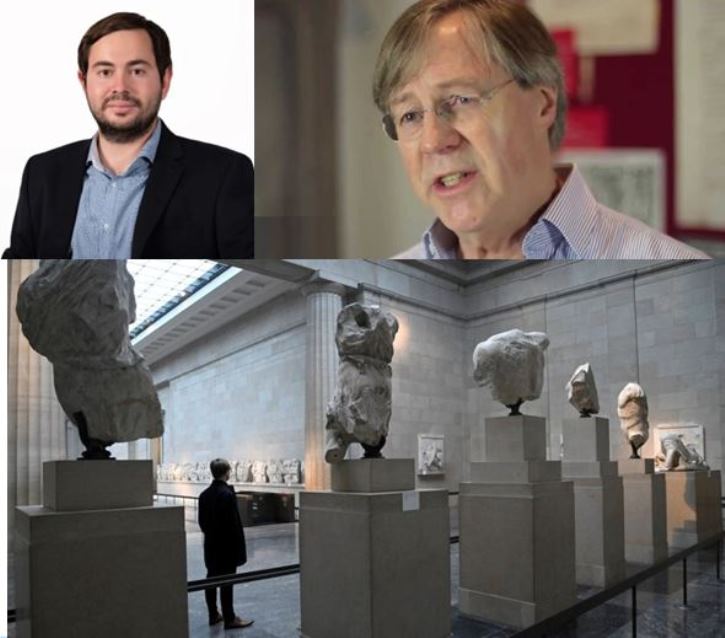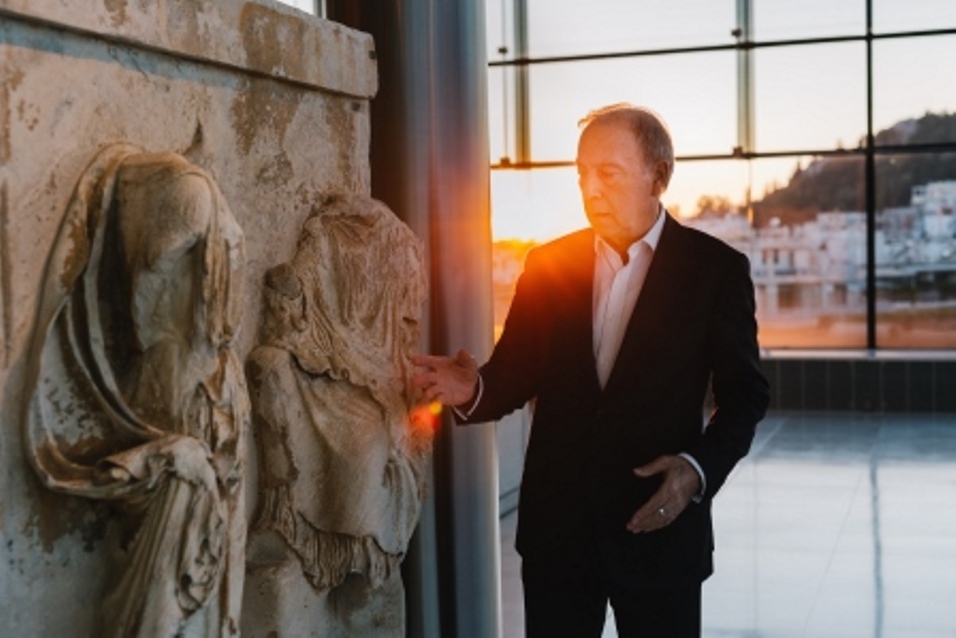Washington - The delegates of the 47th National Convention of AHEPA Australasia mandated a commitment to a global effort focusing on the return of the Parthenon Marbles through the auspices of AHEPA International, announced Supreme President Andrew T. Banis upon his return from Melbourne, Australia.
"Internationally, AHEPA will continue to exert pressure on the British government to return the Parthenon Marbles to Greece," said Banis who also plans to meet soon with officials of the Greek Ministry of Culture to discuss the issue.
According to the supreme president, a committee under the auspices of AHEPA International will focus on executing a strategy that will seek the return of the Parthenon Marbles. The committee will be co-chaired by Past Supreme President and AHEPA International Chairman Steve A. Manta and AHEPA Australasia Past Supreme President Emanuel Comino.
"I am pleased with the plan formulated from our meetings in Melbourne," said Banis. "I am confident that our hard work will lead to a fruitful outcome."
The committee will work in cooperation with the Committee on the Parthenon, an organization committed to the restitution of the Parthenon Marbles before the 2004 Olympic Games. The Committee on the Parthenon is chaired by Ms. Anthi Poulos, Washington, DC.
AHEPA Australasia, www.ahepa.org.au, was founded August 15, 1934 in the small country town of Werris Creek, NSW. Currently, there are approximately 3,000 members in 28 chapters throughout Australia, New Zealand and Athens, Greece, which comprise AHEPA Australasia.
AHEPA is the largest Greek-American association in the world with chapters in the United States, Canada, and Greece and sister chapters in Australia. It was established in 1922 by visionary Greek-Americans to protect Hellenes from prejudice originating from the KKK, and in its history, AHEPA has joined with the NAACP and B'nai B'rith to fight discrimination.
The mission of the AHEPA family is to promote the ideals of Hellenism, education, philanthropy, civic responsibility and family and individual excellence.




